
Profile | He trained at Michelin-star restaurants, then picked up a wok and learned to cook ‘fun’ Chinese food. Andersen Lee on his new Montreal joint Oncle Lee
- Canadian chef Andersen Lee learned European cuisine and cooked for Adele and David Beckham. He then realised ‘Chinese food is cool’ and decided to change course
- Helped by his Hong Kong-born dad and YouTube cooking videos, he discovered his roots and opened Oncle Lee, in Montreal, serving affordable modern Chinese dishes
When young Chinese-Canadian chef Andersen Lee won a scholarship from the organisation behind World’s 50 Best Restaurants, it opened the door for him to intern at some of the world’s leading restaurants.
He spent time in the kitchens of Julien Royer at Odette in Singapore (No 1 on the 2020 Asia’s 50 Best Restaurants list) and Core by Clare Smyth in London – both three-Michelin-star restaurants – and Quintonil in Mexico City, currently 9th on the World’s 50 Best Restaurants list.
“Those three experiences, first of all, really made me realise that I’m a home bird,” he says. “I changed my perspective of wanting to see the world’s best restaurants and thinking that the Montreal food scene wasn’t world class.
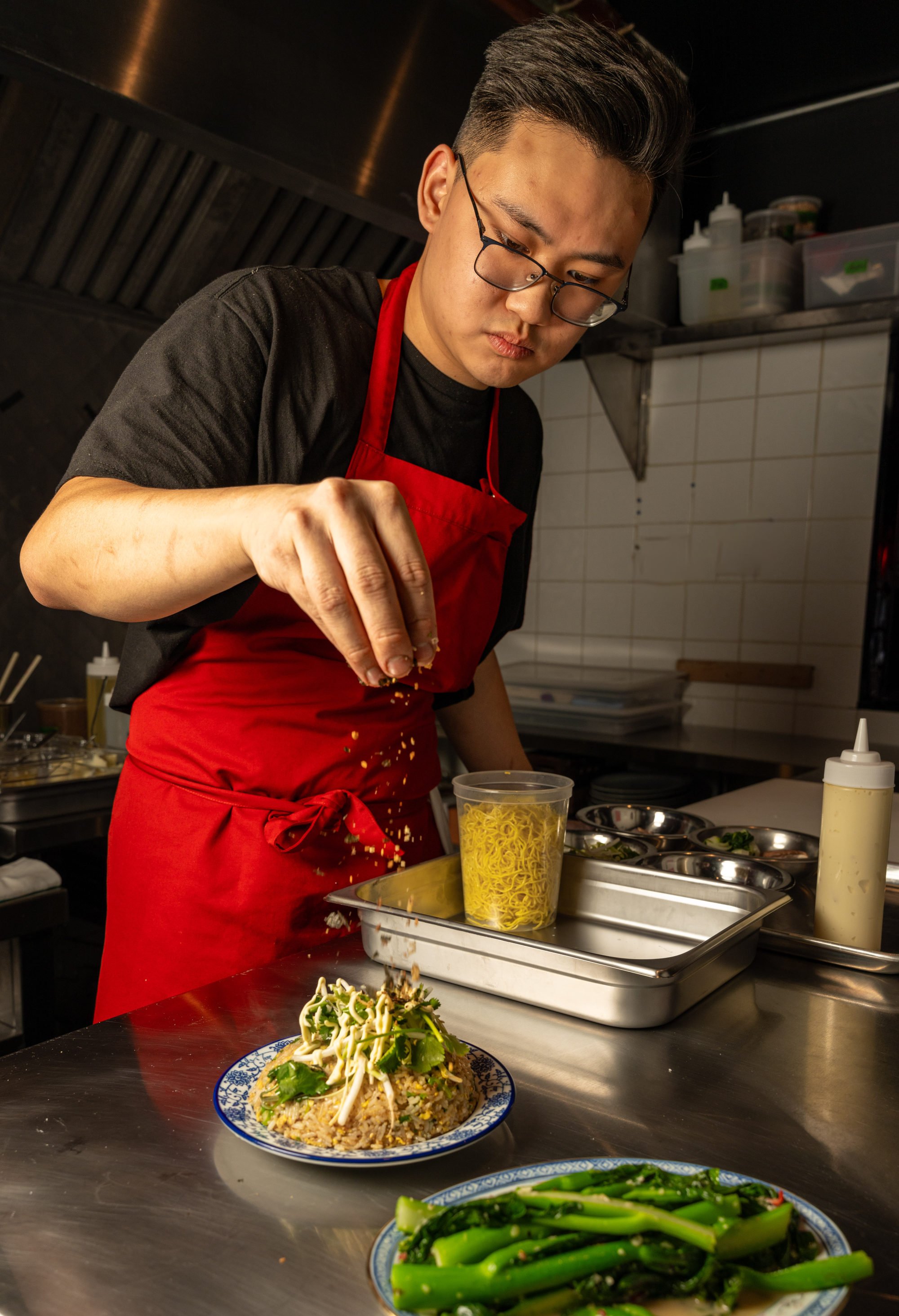
“Doing stages [internships] and being abroad (made me) realise I have to do my restaurant at home … and it also made me realise that I had to cook Chinese food.”
That’s why he’s excited about opening Oncle Lee, a modern Chinese restaurant in Montreal with door handles in the shape of a pair of shiny dragons. On the menu are dishes like black bean steamed oysters, doubanjiang beef tartare, five spice duck platter, and “fondue Chinoise” or hotpot.
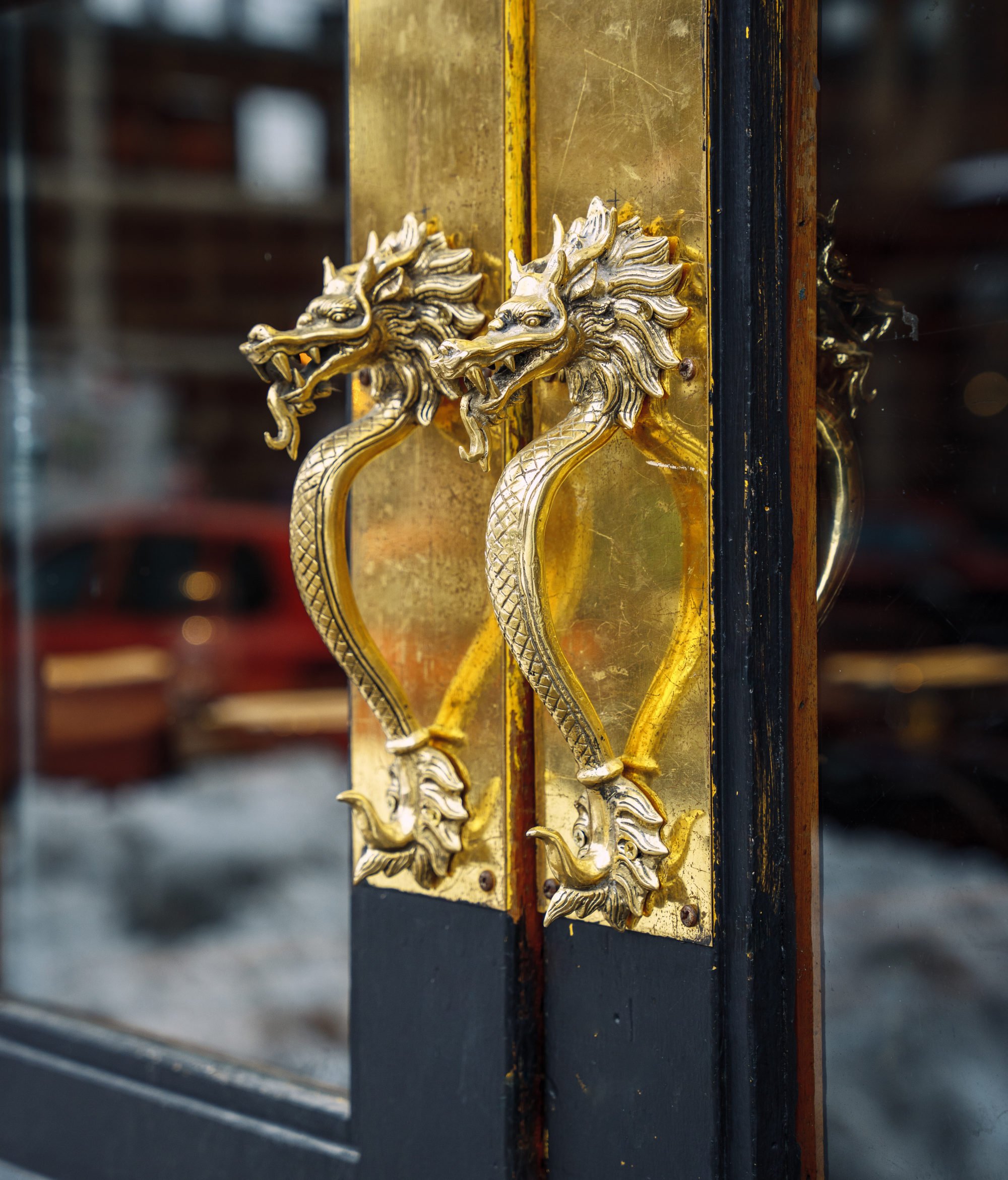

The casual, mid-price Chinese restaurant – a typical meal for two at Oncle Lee will come to around C$75 (US$56) – is a far cry from the Michelin-star restaurants he interned at back in 2019, where, Lee says, he experienced “culture shock” from seeing how labour-intensive top restaurant kitchens are.
“The amount of work that went into service, the amount of chefs it takes, the precision, that constant pursuit of excellence, it’s still a part of me, but it was just crazy that we would throw things out at the end of the night. I wasn’t too sure how [these restaurants] could be profitable.”
“It’s important for me to have an affordable restaurant,” he says. Lee says a student in Montreal can splurge C$150 once in a while.

“I spent four hours at the bar with the barman and talked to Brandon Jew. The food was so good … it’s very accessible Chinese food, but it’s still an homage to our heritage … After that I really looked at Mr Jiu’s and realised that Chinese food is cool.”
Since that time, Lee has been itching to open a Chinese restaurant, a modern sharing-plate venue with great cocktails that would open late into the night.
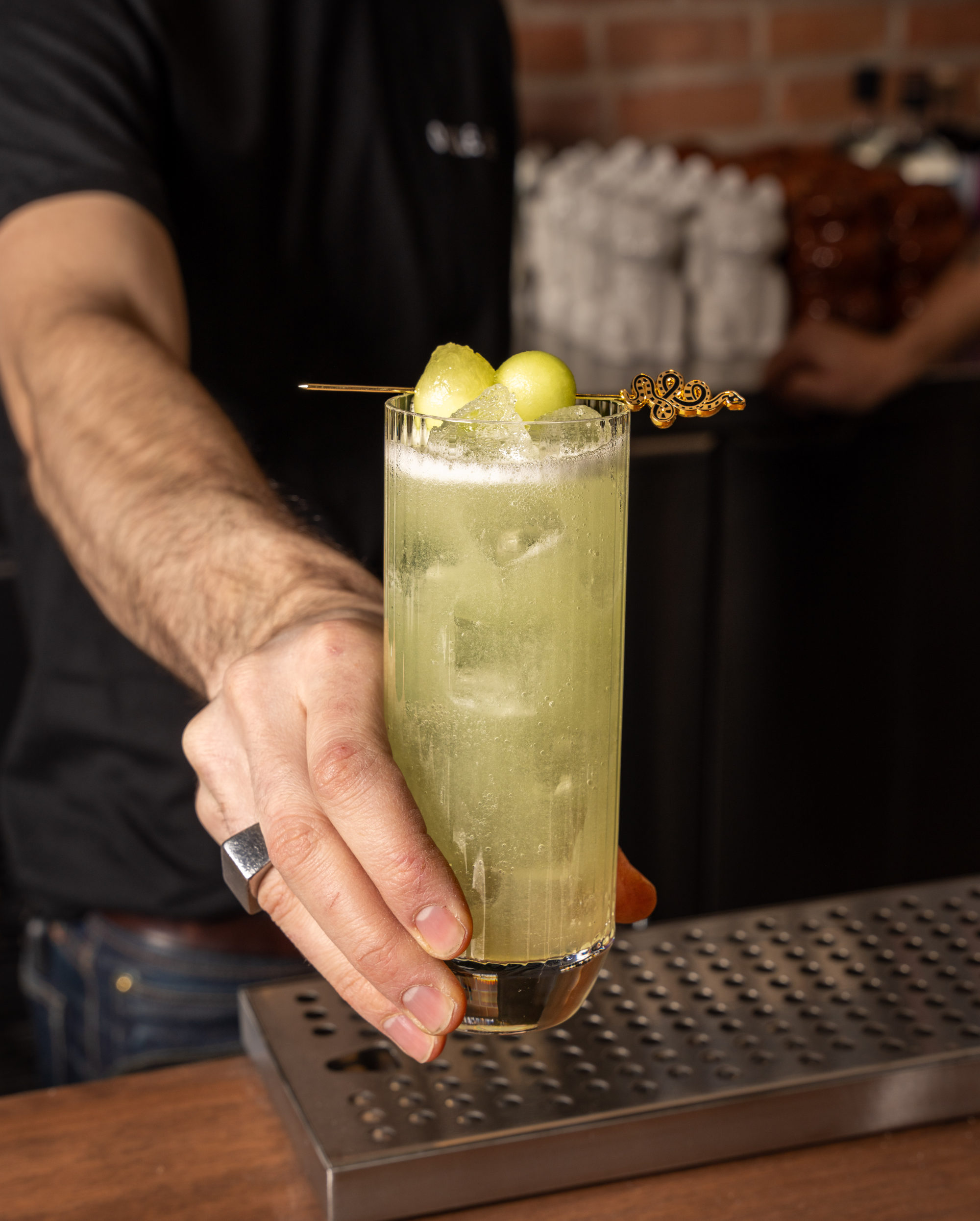
Oncle Lee is in an artsy, laid-back area called Mile End popular with young professionals: a classic French brasserie, a sushi restaurant, and two microbreweries make up Oncle Lee’s neighbours.
“I’m used to working in the arts district where there are a lot of pre-shows, after-shows, where we flip tables two-and-a-half, almost three times, whereas where Oncle Lee is, Quebeckers eat late, around 7pm-8pm when they go out,” he says.
As a child Lee was interested in cooking, and his half-sister, who is 18 years older than him, recruited him to work in her restaurant in Montreal.
There’s nothing better than to see your neighbour come and eat at your restaurant
After he graduated from culinary school he began working at Bouillon Bilk, a well-known fine-dining restaurant, in 2017. He became head chef there when he was 22. That was a lot of pressure, Lee says, but he grew into the role and became comfortable heading the kitchen.
Since then he has worked in the Bouillon Bilk group’s other restaurant, called Cadet, also in Montreal’s theatre district. The group also has a classic French brasserie called Place Carmin, and Oncle Lee is the group’s fourth restaurant.
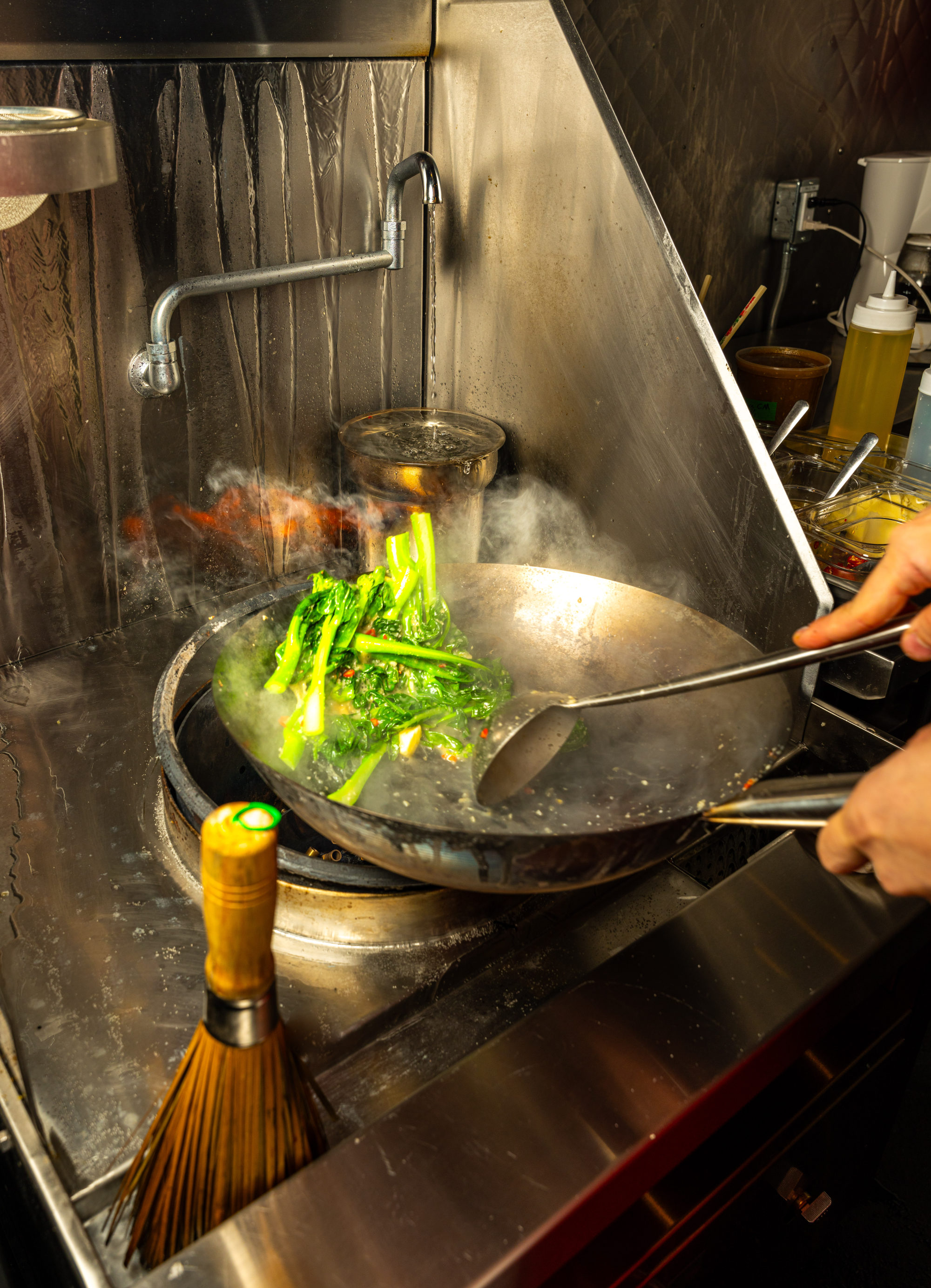
Creating dishes for Oncle Lee was an exercise in discovery, Lee says.
“What I realised through making this menu was that I was learning not only the wok, but all the techniques working with doubanjiang, making XO sauce, making chilli crisp and all that, and it’s really cool to discover your roots.”
Some of the dishes are classics, like the rice and noodle dishes, while others have a twist, such as a tofu dip with shrimp chips that Lee likens to French onion dip, or scallop ceviche with a lime vinaigrette, green apple, fried quinoa and XO sauce.
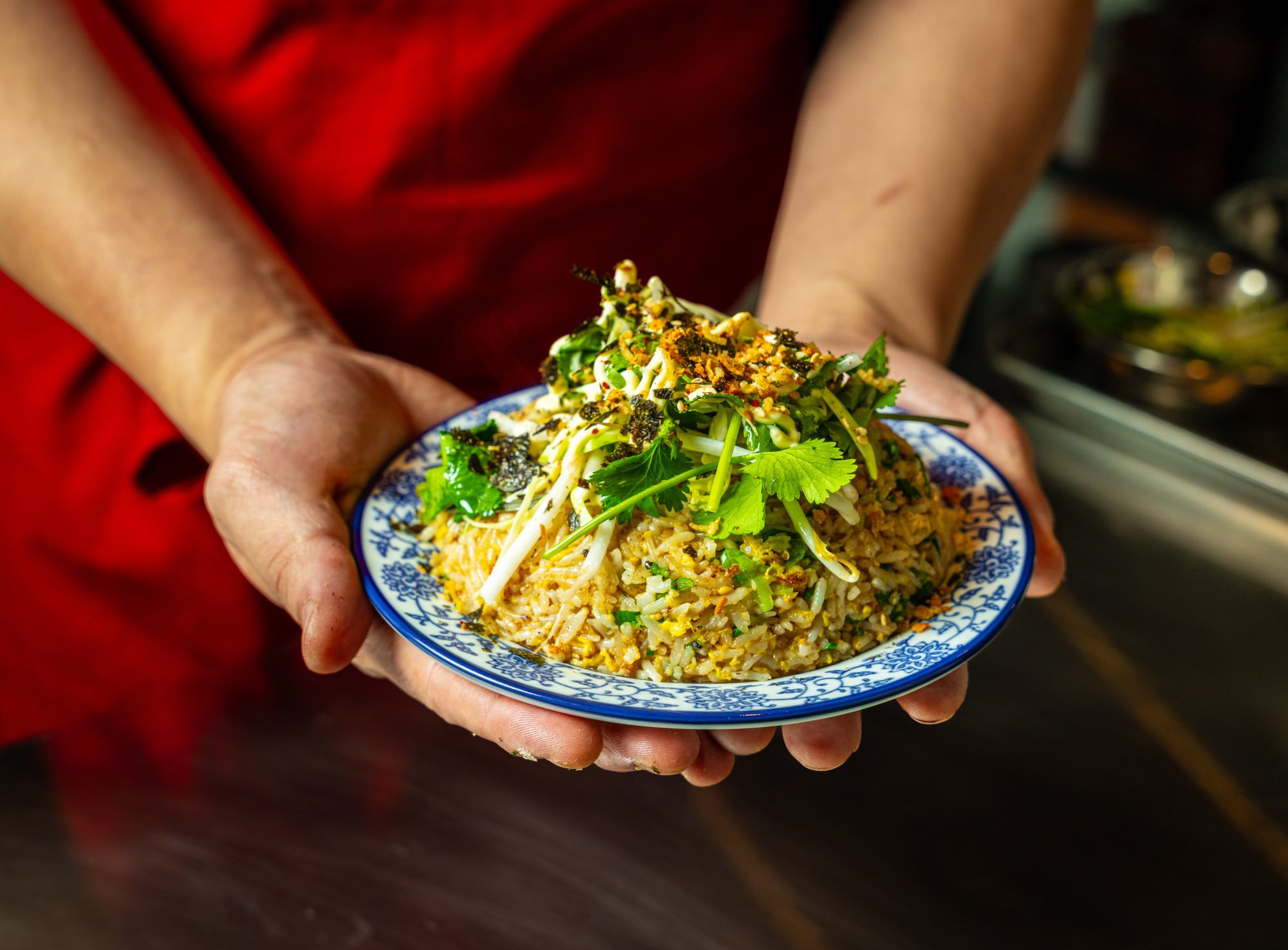
“Travelling really helped a lot with cooking and then now the conversations we [my parents and I] have about technique and all that I really hold dear to me, and all the things I never asked about because I didn’t really want to cook Chinese food even at home.”
Lee says Christmas dinners were always classic French dishes, but now he makes items like whole steamed fish with ginger scallion sauce, and stir-fried water spinach with garlic and chilli.
“I’ve really changed, being away from home and gravitating towards Chinese food on my days off,” he says.
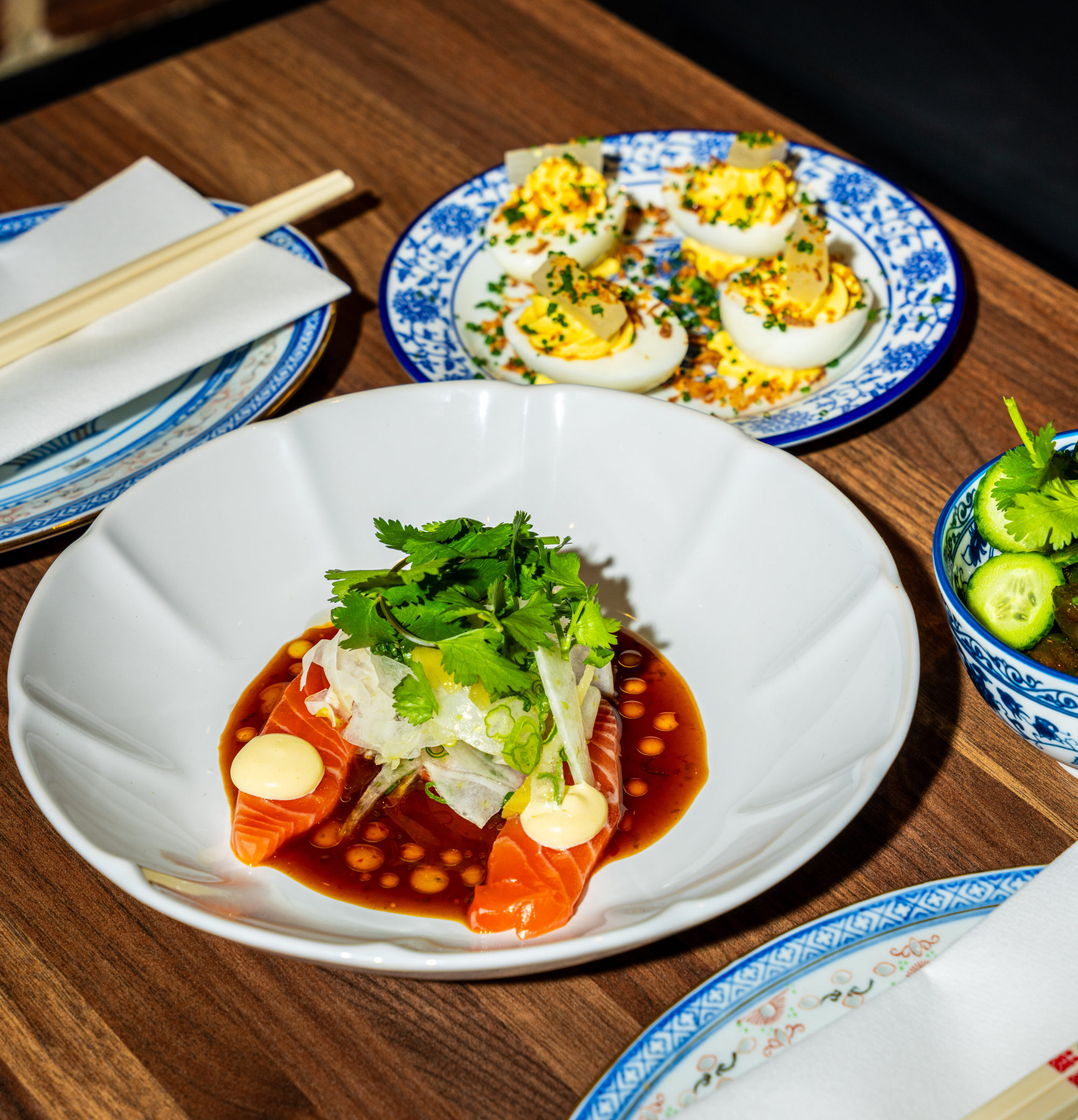
He remembers when he interned in London, on his days off he would get barbecue duck with rice and eat it in the park with a bottle of beer. The taste of the duck and rice made him feel at home.
Lee says his father and Taiwanese mother are proud of him opening the restaurant, having watched him grow up in the industry.
He chuckles when asked why it is named Oncle, or “Uncle”, Lee.

“It’s a wink to Chinese culture. My parents’ friends come over to my house and they are not related to us, but I call them uncle,” he explains.
“I would have never named the restaurant after myself, but it just fits. You’re coming to Oncle Lee’s, you’re coming to my house … It’s about cooking for people who just want to eat well and have fun.
“I cooked for Adele and David Beckham and that was cool, but there’s nothing better than to see your neighbour come and eat at your restaurant.”

